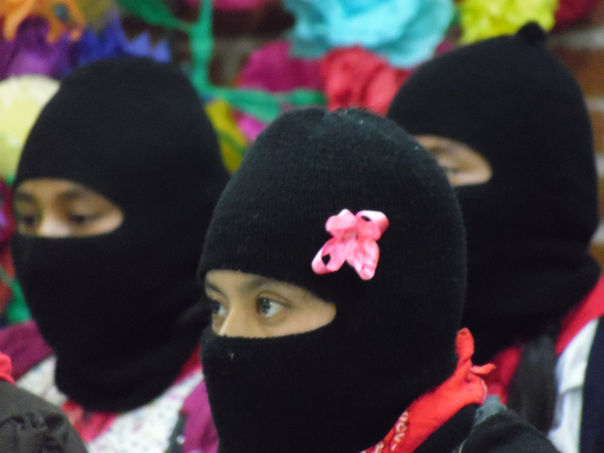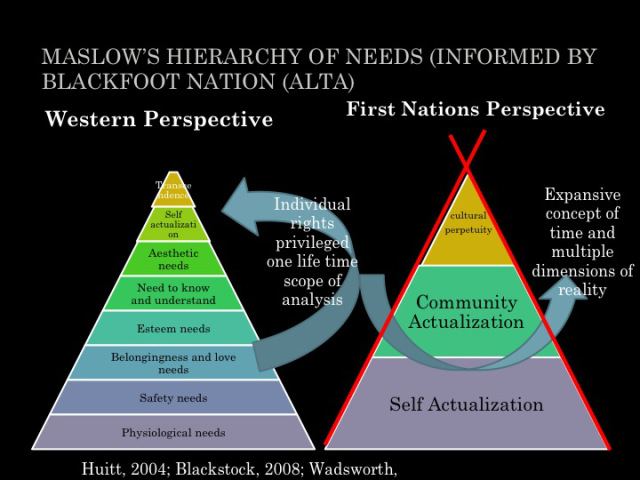CONVOCATION of the FIRST INTERNATIONAL GATHERING of POLITICS, ART, SPORTS, and CULTURE for WOMEN in STRUGGLE
 Zapatista women convoke International Women’s Gathering.
Zapatista women convoke International Women’s Gathering.
Communiqué of the Indigenous Revolutionary Clandestine Committee, General Command of the Zapatista National Liberation Army
Mexico
December 29, 2017
To the women of Mexico and the World:
To the original women of Mexico and the World:
To the women of the Indigenous Governing Council:
To the women of the National Indigenous Congress:
To the women of the national and international Sixth:
Compañeras, sisters:
We greet you with respect and affection as the women that we are—women who struggle, resist, and rebel against the chauvinist and patriarchal state.
We know well that the bad system not only exploits, represses, robs, and disrespects us as human beings, but that it exploits, represses, robs, and disrespects us all over again as women.
And we know that things are now worse…
View original post 547 more words
 How did Puritan missionaries affect Native American marriage practices in colonial New England? How did Native Americans react to these changes? These are the questions Ann Marie Plane seeks to answer in
How did Puritan missionaries affect Native American marriage practices in colonial New England? How did Native Americans react to these changes? These are the questions Ann Marie Plane seeks to answer in 

